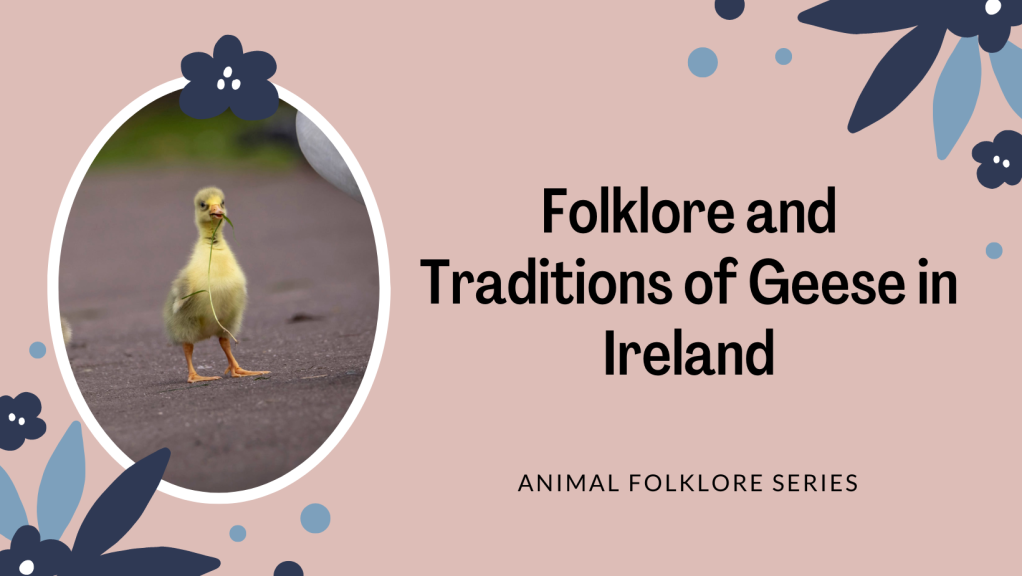
For this edition of the animal folklore series, I am going to focus on a very divisive member of the animal kingdom, the goose. The goose has picked up a bit of a bad rep, especially online, as being an extremely aggressive and cantankerous creature. People have even gone so far as to label them as “Cobra Chickens”. Now, I have no doubt that some breeds, such as the Canadian goose that the term originates from, may in fact be more aggressive, but it is a shame that all of them are tarred with the same brush. Having spent the last 3 years visiting a local colony of Greylag geese (with a couple of Emden Geese thrown in) and befriending them, I can at least testify that the more domestic breeds are unfairly labelled in the same way. Given the fact they are some of my favourite birds, it is surprising that I have left it this long to write a piece on them, especially considering how they pop up in Irish myth, poetry and folklore.
Weather Divination
In older texts, we are told that bird flight was observed carefully as a form of divination, as were the voices of birds. The ancient text of Cormac’s Glossary (Seanas Cormaic) tells us that the early arrival of Brent Geese (Cadhan) meant that storms and high winds were to follow. We see these beliefs repeated, to a degree, in more modern practice where birds would be observed for weather divination. The behaviour of geese was watched carefully in Donegal for instance and should a fisherman see a goose stick its neck in the air and beat its wings on its chest, it is very likely that he would not take to the sea in fear of high winds. In Mayo, the height they flew at was indicative of how the weather would play out: High flying = good weather, low flying = Rain.
Placenames
The Irish language (Gaeilge/Gaolainn) placenames in certain areas are related to geese such as:
- Gort na gCadhan (Field of Brent Geese): Galway, Roscommon
- Inis Gé (Goose Island): Mayo
Talking Geese?
An interesting belief in west Cork claims that geese are capable of speech, and not only that but are said to speak to each other in Irish no less! The conversation between them involves a young goose asking an older goose about food, with the latter replying “It is certain that if you don’t Whisht here, that they will grab us and wring our necks” (Bíodh geall mara n-Éiste tú anso, go mbéarfear orainn is go gcasfar na sgrogaill orainn)
Cures
The NFC (National Folklore Collection) has many cures listed among its pages and some are more grounded than others. For those who are unfamiliar, the NFC is one of the largest folklore archives in the world and is one of the greatest sources we have on genuine Irish folklore and traditions. Luckily it is all digitised online at dúchas.ie and is well worth browsing. Be warned though, you are likely to fall down a rabbithole or two and will lose hours of your life.
Returning to geese, they pop up a number of times in relation to cures. Outside of using goose grease as an ointment for arthritis, these tend to fall into the category of extremely unusual to the point of wondering where the logic to it is. To enact one of these cures, the bill of the goose is placed into the mouth of the sick person or child, with the breath of the goose said to provide the cure. In some instances, the goose has to be specifically a fasting gander and is used for curing oral thrush.
The Barnacle Goose (Gé Ghiúrainn)

Some may find it ludicrous but there was a long-standing and pervasive belief in Ireland that the barnacle goose was in fact a form of shellfish that grew on old pieces of timber, hence the ‘barnacle’ in the name. The fact that they closely resemble a type of shellfish called the goose barnacle in terms of colour, and the fact that they don’t nest here has likely given rise to this belief. Classing them as fish allowed religious men to eat them during lent or when meat was forbidden from being eaten (such as on Fridays)
The Cambro-Norman chronicler known as Gerald of Wales wrote the following in his book ‘Topigraphica Hibernica’:
‘They [the barnacle goose] are produced from timber tossed along the sea and are at first like gum. Afterwards they hang down by their beaks as if they were seaweed attached to the timber and are surrounded by shells in order to grow more freely. Having thus in the process of time being clothed with a strong coat of feathers, they either fall into water or fly freely away into the air. They derive their food and growth from the sap of the wood or from the sea by a secret and most wonderful process of alimentation. I have frequently seen with my own eyes more than a thousand of these birds down on the seashore from one piece of timber and enclosed in their shells and already formed. They do not breed and lay eggs like other birds, nor do they ever hatch any eggs, nor do they seem to build nests in any corner of the earth. Hence bishops and religious men in some parts of Ireland do not scruple to dine off birds at the time of fasting because they are not flesh nor born of flesh”
Geese as lost souls
Pádraig Breatnach recorded a story in Galway about a hunter who was unable to shoot a bunch of wild geese one night because a wild hare kept getting in the firing line. He recounted this event to his priest who warned him that he should hunt only during the day and to leave the night to the spirit world. The reason he advised this was because he claimed that the geese were in fact lost souls who died unable to return to their homeland and who were taking the form of geese to do so. He mentions that the hare was a good soul helping them to achieve this goal and warned that if the hunter was successful in killing the geese, the souls would never succeed in returning.
Riddle me this
Ní fhuil is ní feoil is ní cnámh é
Ach is as fuil agus feoil a d’fhás é
Bain an ceann de agus gléas deoch dó
Agus beidh sé ag scéalaíocht go maidin dhuit
It’s not blood or flesh or bone
But it grows out of flesh and blood
Take the head off it and give it a drink
And it will tell stories until morning
ANSWER: A goose feather used as a quill
A fairy goose
An interesting story that I found when perusing the National Folklore Schools Collection relates to a goose gifted by a fairy and the resulting abundance that comes with it.
A poor woman is at home during a very bad storm, worried that her house will be blown down. A member of the ‘other crowd’ [a fairy] appears at the door and offers her a goose, asking her to mind it. Every day she has the goose, her wealth and status increase to the point she was able to keep a number of maids. There was a problem though. Every time the goose laid an egg, she got louder and louder. At some point the woman couldn’t take any more, so she started throwing anything she could get at the goose. As the goose ran around the house screaming, the fairy appeared at the door, admonished the woman and took the goose back. Within a few moments, all the windows were blown in and she was suddenly left with nothing again.
This is one of many tales where people fall foul of the other crowd for not appreciating gifts that have been given.
Fled Dún na nGéd (The Feast of the Fort of the Geese)
A number of tales and poems mention geese, but one tale features them as a central aspect. A middle Irish text, dated to the 11th to mid-12th century, called the “Feast of the Fort of the Geese” features goose eggs as a very important feature of the tale. This text, by modern classifications is placed in the ‘Cycle of the Kings’, a series of texts usually based around real historic personages, as opposed to say, the more mythical focus of tales featured in the ‘mythological cycle’.
The story relates to the revolt of Congal Claén (king of the Ulaid) against his foster father, Domhnall mac Áeda (over king of the Uí Néill) and ends with a brief account of the battle of Mag Ráth (which took place in 637) in which Congal was ultimately defeated.
Domhnall’s Fort on the banks of the river Boyne, called Dún na nGéd (The Fort of the Geese), provides the scene for the tale. The Fort itself was said to be modeled on the Fort at Tara. Domhnall was given a prophecy that one of his foster sons would betray him, but due to his belief in the bond of fosterage, he refused to put the foster sons in fetters.
In preparation for the feast, Domhnall instructed his men to go in search of goose eggs for the feast. They searched high and low for eggs but couldn’t find any great number. That was until they came to the hermitage of Saint Erc. The Saint himself wasn’t home, as it was his practice to go up to his armpits in the river Boyne from morning till dusk praying. The soldiers asked the woman at the house for the baskets of eggs, but she explained that they belong to the Saint and that all he ate all day was 1 1/2 eggs and 2 sprigs of cress upon returning from his prayers. They refused to listen and took the eggs. Needless to say, the Saint wasn’t happy and cast a malediction (for the tradition of cursing in Ireland see here) on the feast.
At the banquet, Congal said he would inspect the banquet before everyone arrived and while doing so, ate one of the goose eggs (and Domhnall was made aware, as per the prophecy, that whoever ate it would be the one who would betray him). Domhnall attempted to have the curse reversed by getting 100 saints to bless the banquet but it didn’t work due to the fact Congal had eaten before everyone else.
During the feast, every king present was given a goose egg presented on a silver platter, except for Congal who was given a hen’s egg on a wooden plate. This slight, along with the fact that he should have been seated at the right of Domhnall instead of another king, caused Congal to declare publically that he would seek revenge, leading to the battle mentioned above.
Saint Kevin of Glendalough and the Goose
Saint Kevin is usually associated with Blackbirds, but there is a tale that recounts how Kevin came to a chieftain to request land for his monastery. The Chieftain laughed at the request and pointed to an injured goose with a broken wing. He told him he could have all the land that the goose could circle. No sooner were the words out of his mouth, the goose took to the air recovered and flew around the entire valley. Another version involves a sick and ailing pet goose that the saint offers to heal if he can claim all the land that the goose circles on his first flight. This story is very similar to the story of Saint Brigid, who is told that she can have all the land that her cloak can cover, only for her cloak to magically expand and cover a large swathe of land.
A few Pics of Geese for your enjoyment
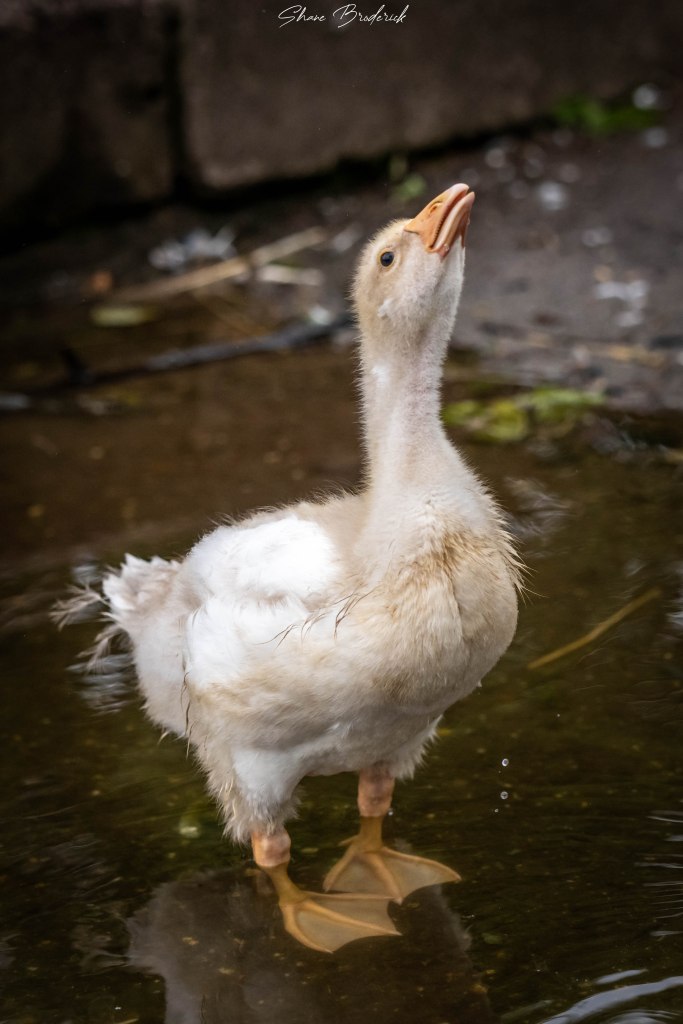
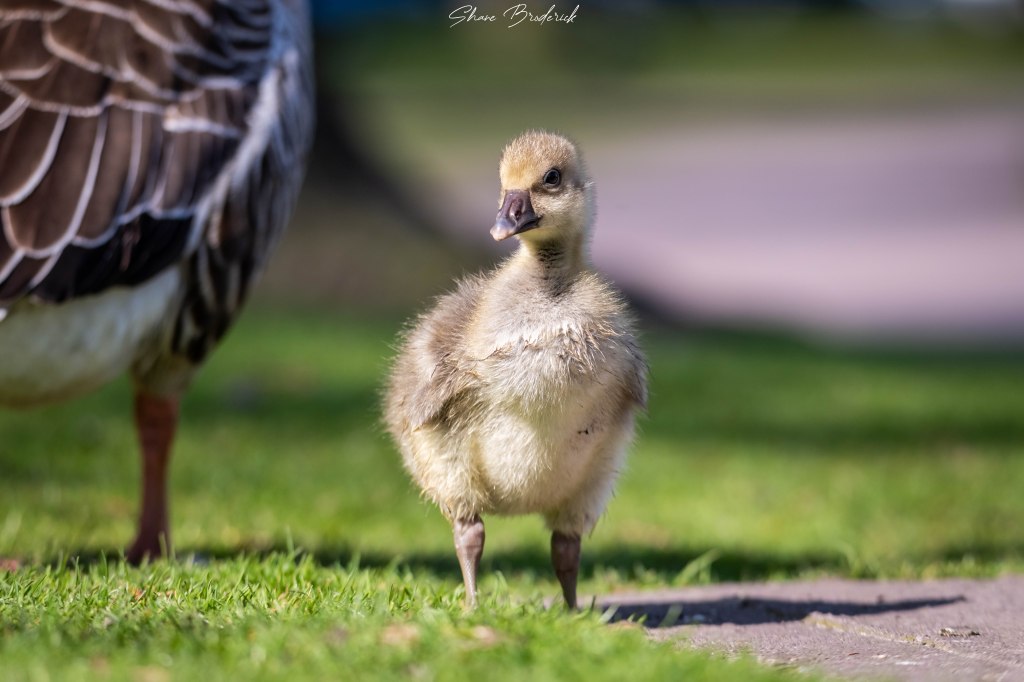
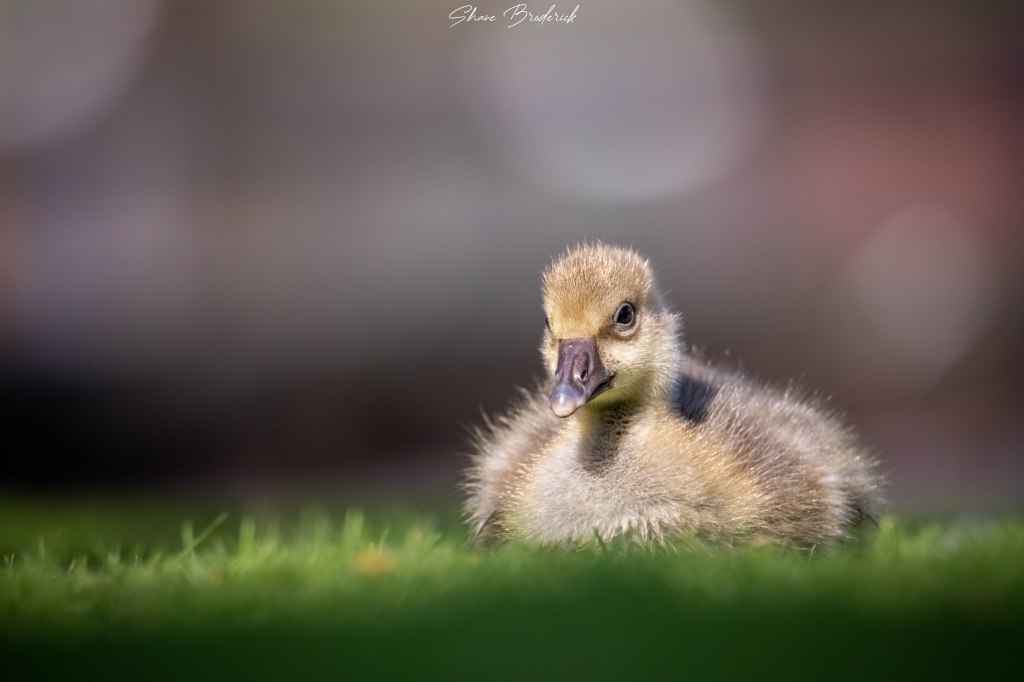
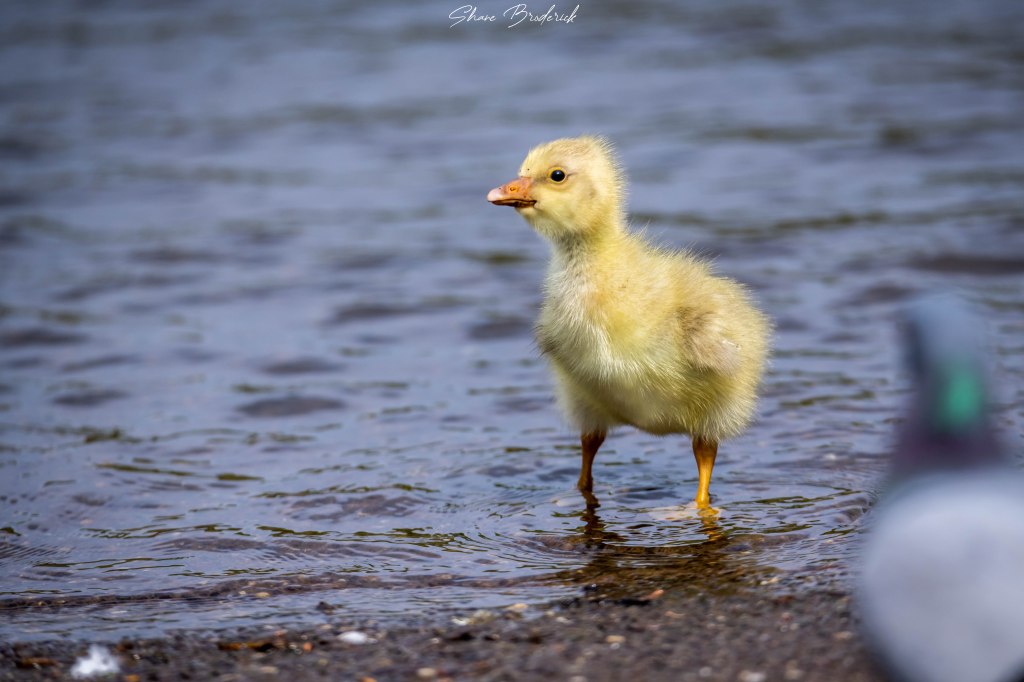
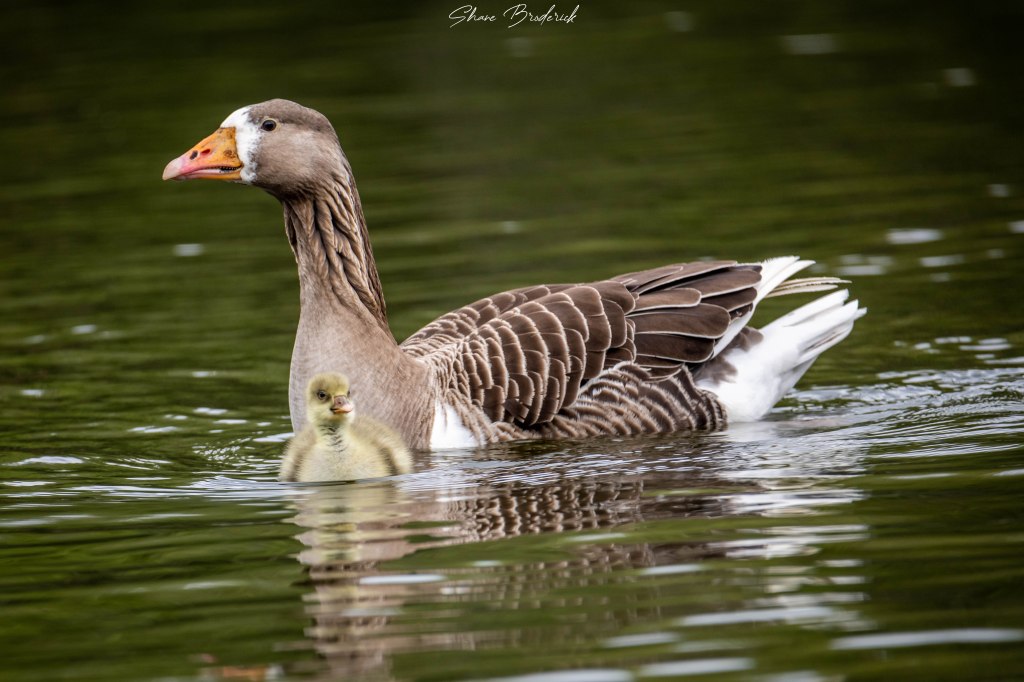
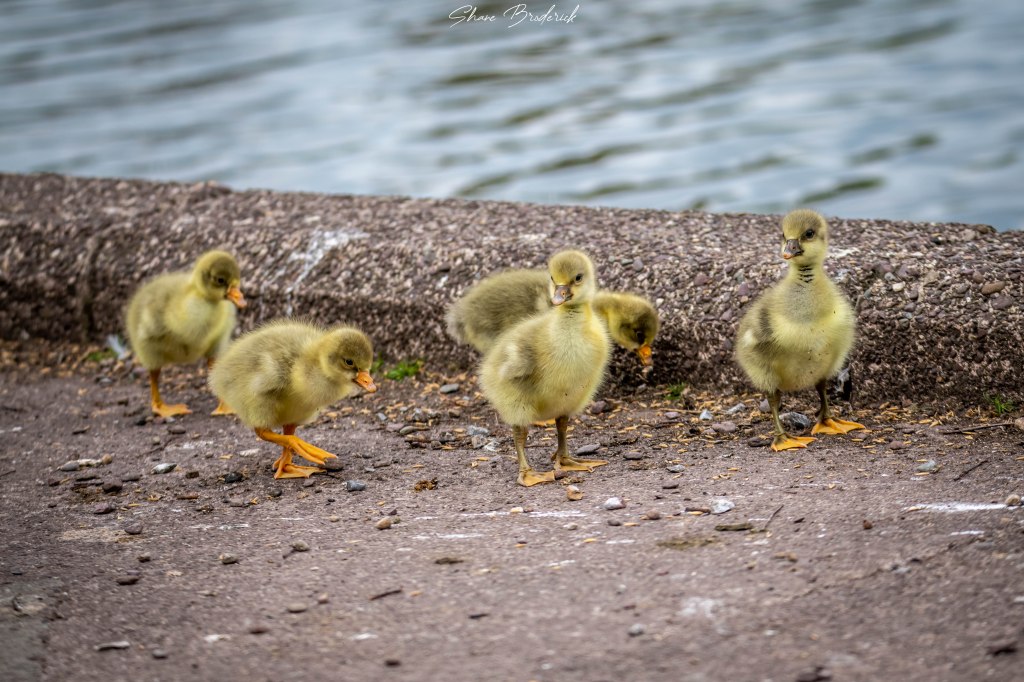
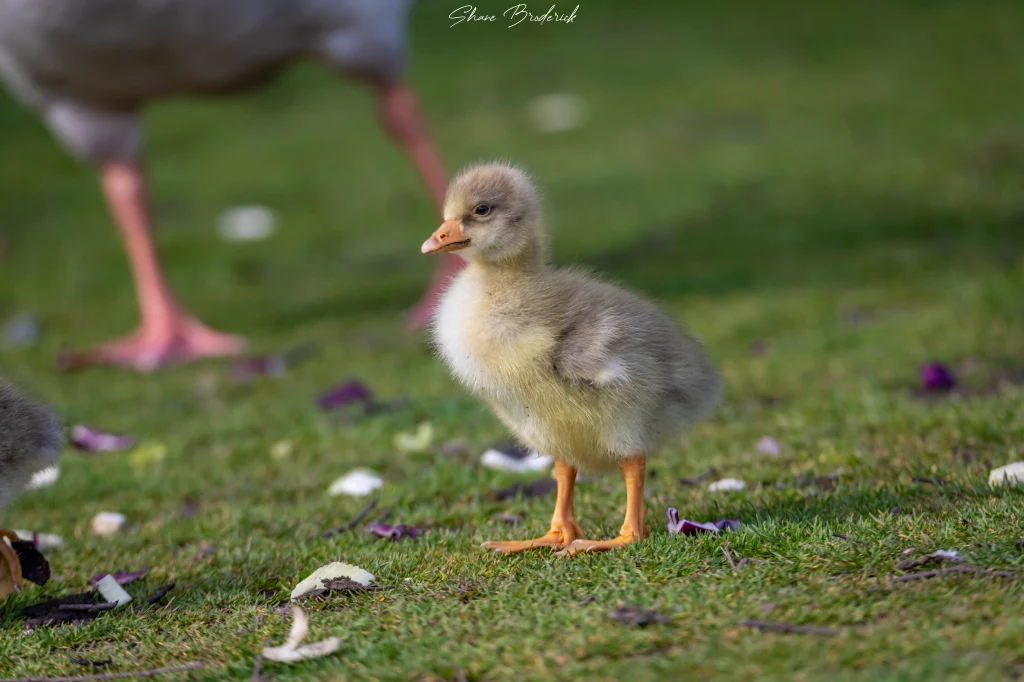
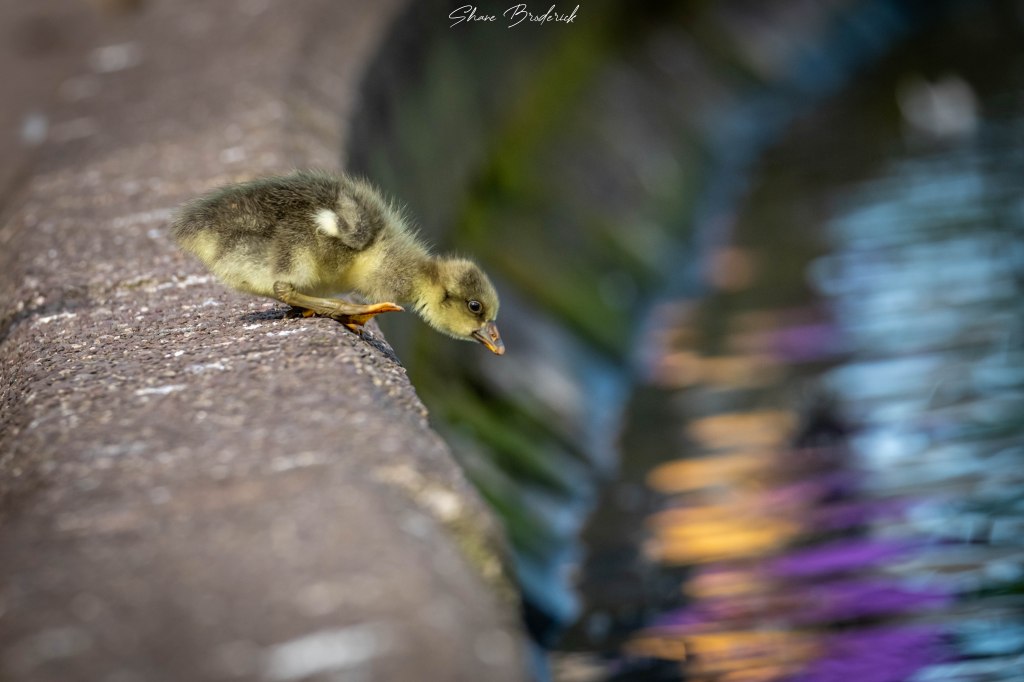
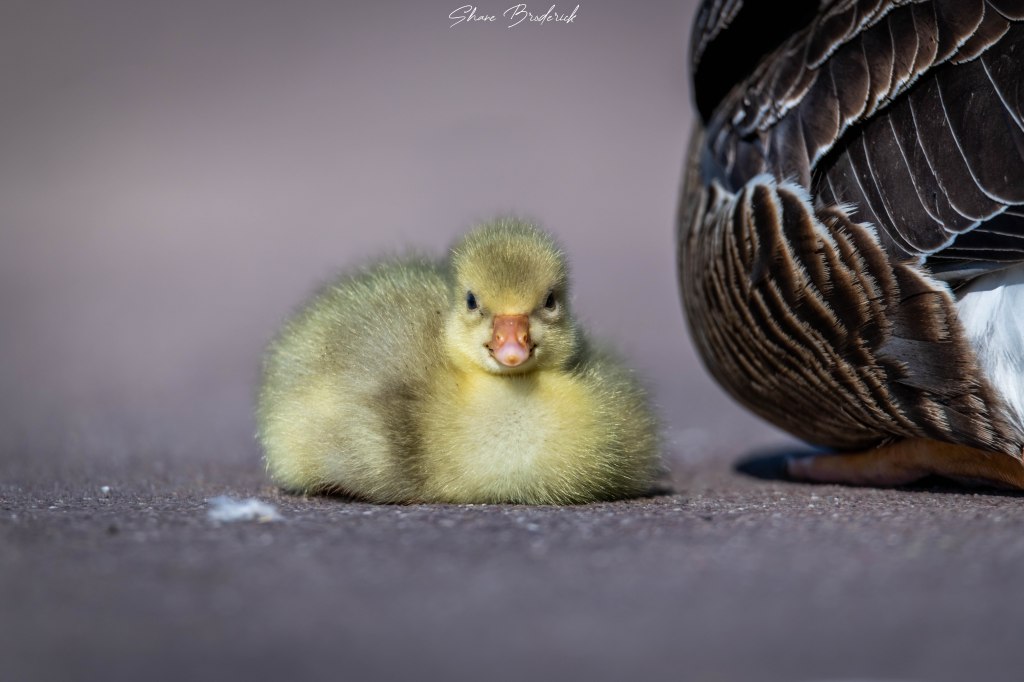
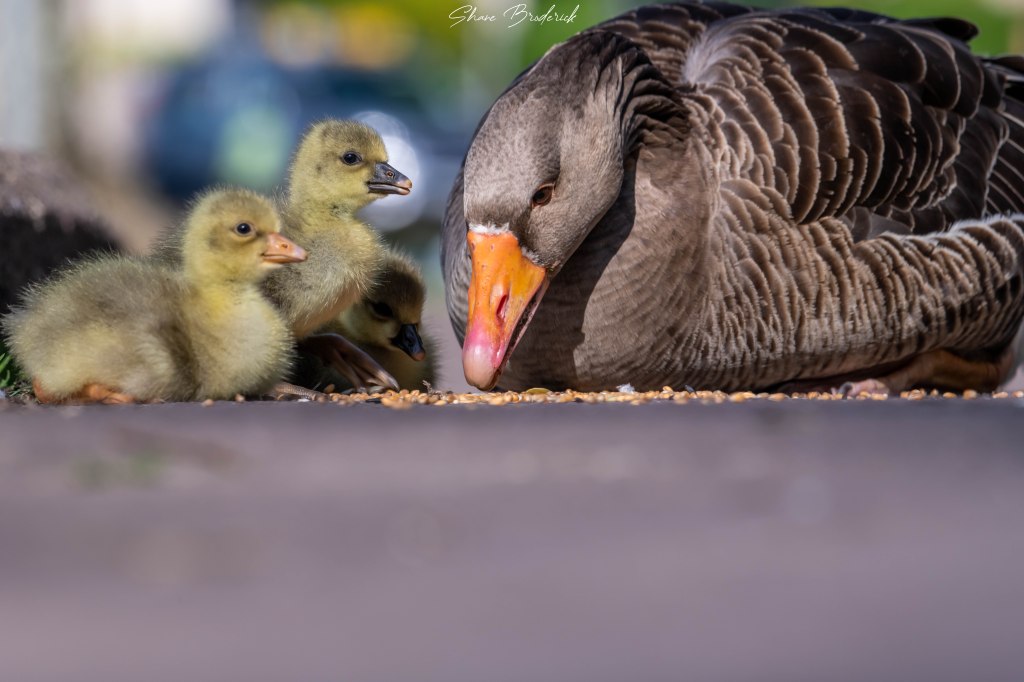
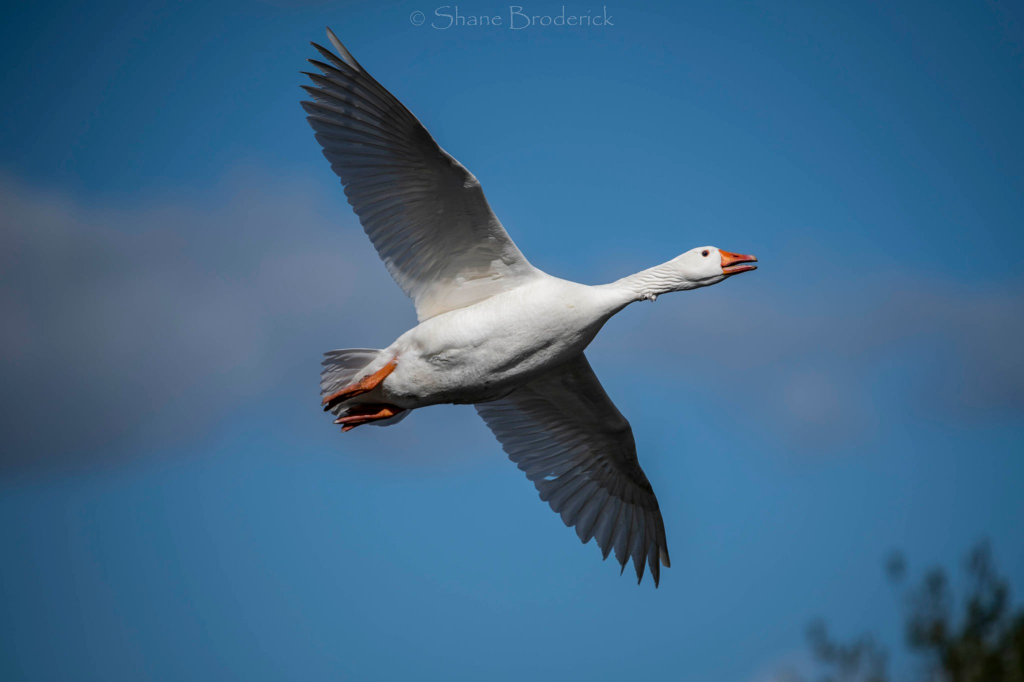
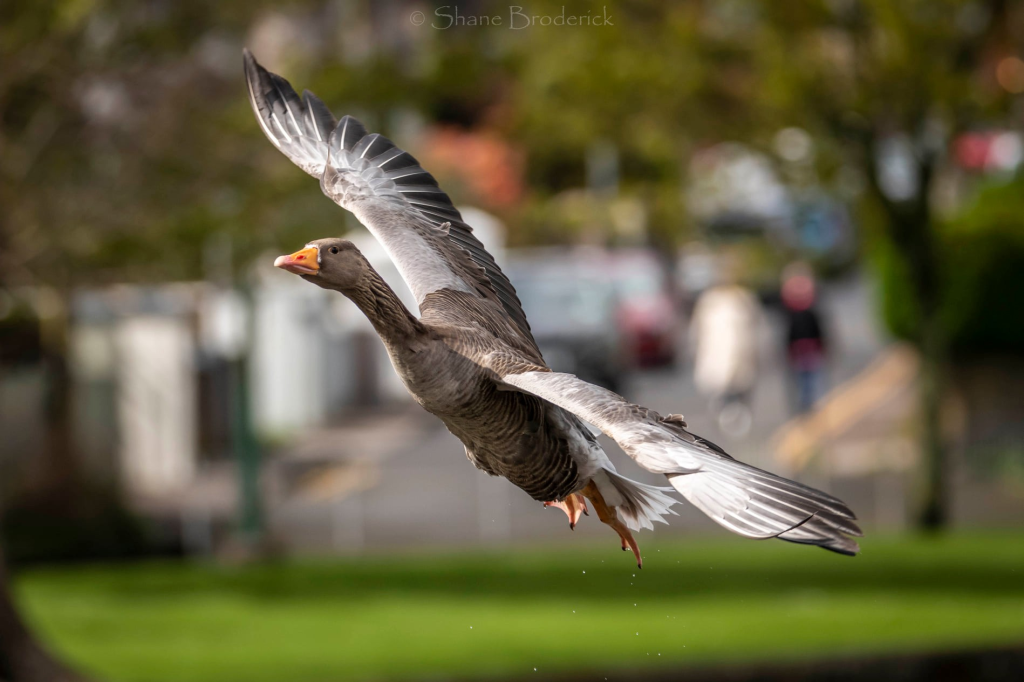

Sources:
Fled Dún Na nGéd, A reapraisal by Máire Herbert
Dúchas.ie
Birds of Ireland: Facts, Folklore & History by Glynn Anderson
Irelands Birds by Niall Mac Coitir The History and Topography of Ireland by Gerald of Wales
Follow on Facebook: https://www.facebook.com/Irishfolklore/
